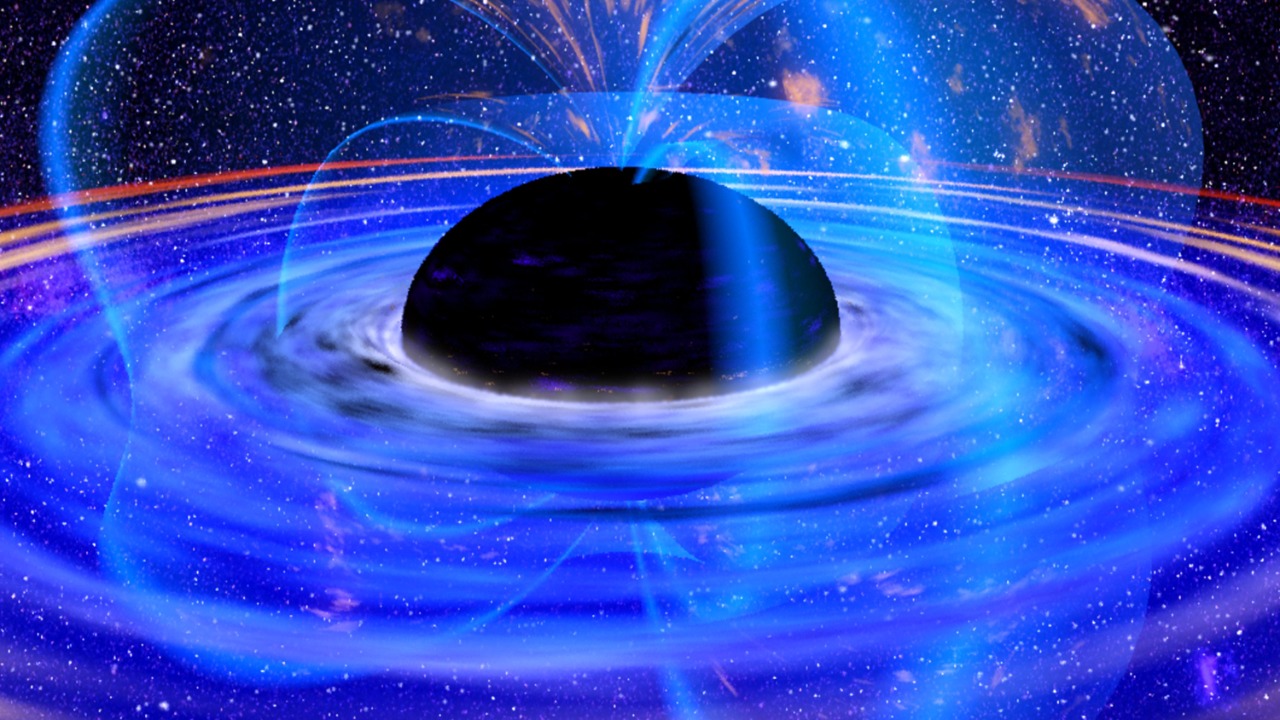
In a remarkable display of cosmic power, astronomers have detected the most potent black hole flare ever recorded. This extraordinary event, originating from a supermassive black hole situated 10 billion light-years away, is believed to be linked to the destruction of a massive star. The flare’s unprecedented brightness and energy output offer a rare insight into the cataclysmic events of the early universe, underscoring the role of black holes in consuming stellar material on an immense scale.
Discovery of the Flare
The initial detection of this record-breaking flare was a complex process. Astronomers first identified the flare’s signals emanating from the distant supermassive black hole using a combination of ground- and space-based observatories. The event became visible in early November 2025, setting a new record as the brightest flare ever captured. The Daily Galaxy reports that this discovery was not a solitary endeavor but a collaborative effort among international teams. These teams confirmed the flare’s record-breaking nature through a rigorous analysis of multi-wavelength data.
Key Characteristics of the Black Hole Flare
The flare’s energy output was staggering, marking it as the most powerful black hole flare ever recorded in terms of luminosity and duration. The supermassive black hole’s properties, including its massive size, were inferred from the flare’s intensity. Moneycontrol highlights the flare’s spectral features, such as X-ray and optical emissions, which marked it as unprecedented in brightness.
Distance and Cosmic Context
The flare originated 10 billion light-years away, indicating it occurred when the universe was significantly younger. This immense distance affects observations, requiring sensitive instruments to capture the light after billions of years of travel. Phys.org connects the event to early universe conditions, where such supermassive black holes were forming rapidly.
Tracing the Flare to a Massive Star’s Destruction
The flare’s mechanism is directly linked to the tidal disruption of a massive star by the supermassive black hole. Evidence from light curve analysis shows the star’s material being accreted, triggering the record-breaking outburst. AA notes the rarity of such tidal disruption events (TDEs) at this scale, with this instance standing out due to its traced origin to stellar destruction.
Observational Techniques Employed
Specific telescopes, such as those monitoring X-ray bursts, played a crucial role in spotting the flare from 10 billion light-years away. Follow-up observations in multiple wavelengths were used to verify the event’s power and link it to the black hole’s activity. Detecting such distant phenomena presents challenges, including light dilution over billions of light-years, as reported by PBS.
Implications for Black Hole Research
This record-breaking flare enhances our understanding of supermassive black hole growth through stellar feeding events. It also provides broader astrophysical insights, such as the prevalence of powerful flares in the early universe based on this 10 billion light-year distant observation. The flare’s contribution to models of cosmic evolution is significant, highlighting its status as the brightest yet from a supermassive black hole.
More from MorningOverview